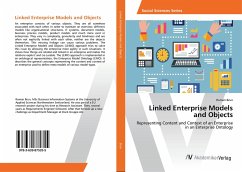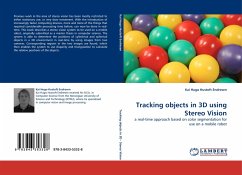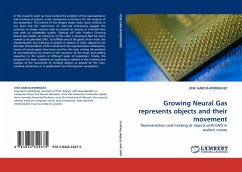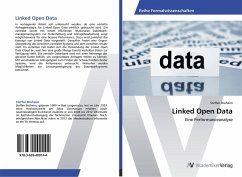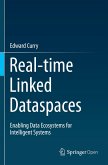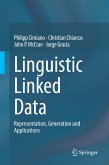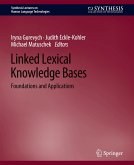An enterprise consists of various objects. They are all somehow associated with each other. In order to maintain an overview, different models like organisational structures, IT systems, document models, business process models, product models and much more exist in enterprises. They vary in complexity, granularity and timeliness and are often not explicitly linked with each other, neither are the objects themselves. This missing linkage can cause various problems. The Linked Enterprise Models and Objects (LEMO) approach tries to solve this issue by allowing the enterprise more agility in such situations. It shows how things are related and linked in an enterprise and makes the relations explicit and (re-)usable. The LEMO approach is implemented in an ontological representation, the Enterprise Model Ontology (EMO). It describes the general concepts representing the content and context of an enterprise used to define meta models of various model types.
Bitte wählen Sie Ihr Anliegen aus.
Rechnungen
Retourenschein anfordern
Bestellstatus
Storno

